List of symbols
I. From the Greek alphabet to the Phoenician alphabet (from M. Guarducci, Epigrafia greca, I, Roma 1967, 74)
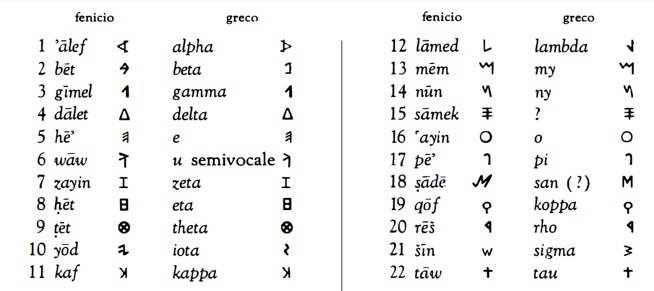
II. The Greek alphabet in the archaic and classic period (before the ‘Euclidean reform’)
from L. Jeffery, The Local Scripts of Archaic Greece, Oxford 1961
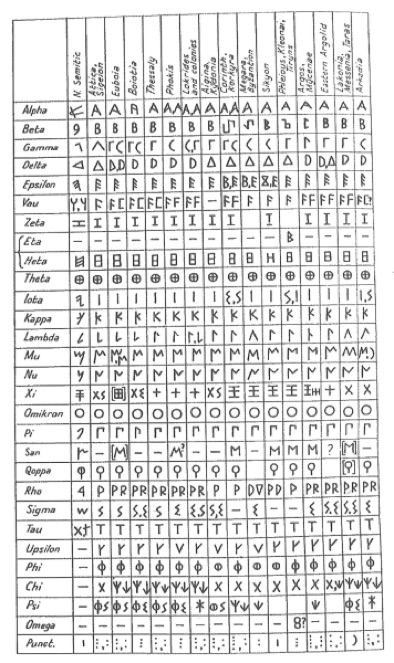
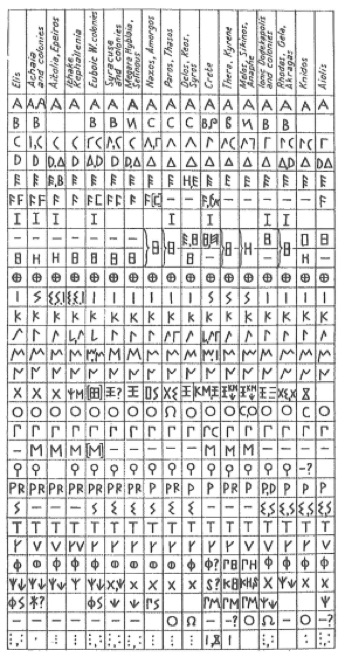
From A. Kirchoff, Studien zur Geschichte des Griechischen Alphabets, 4 ed., Gütersloh 1887
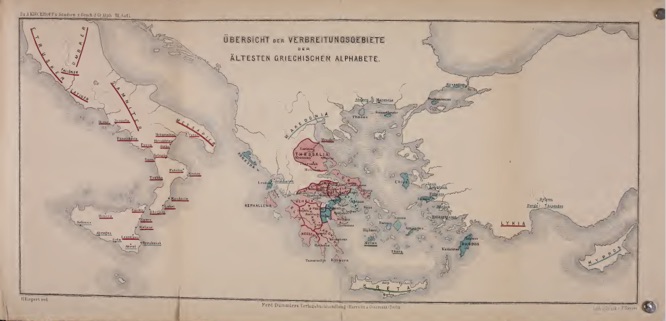
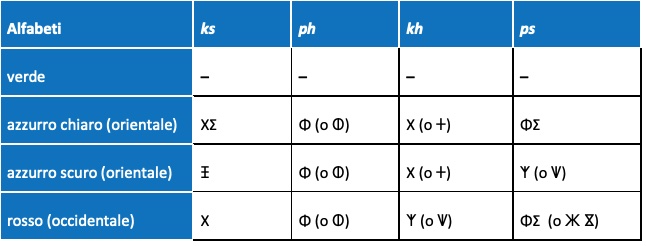
II. The Greek alphabet after the ‘Euclidean reform’
from M. Guarducci, Epigrafia greca, I, Roma 1967, 368- 383
A. General phenomena:
a) end of 5th cent. B.C. ‘Geometric’ shapes

b) 4th cent. B.C.
- Bending of certain straight lines and round letters shrinking (Θ Ο Ω)

c) from the mid-3rd cent. B.C. (approximately)
- Use of apicatures

d) Hellenistic and Imperial Age
- Starting from the 3rd/2nd cent. B.C., lunate letters specific to cursive writing on papyrus are also used in stone writing, as far as the letters epsilon, sigma, omega are concerned.

- Roman Imperial Age
Square shapes:

Angled shapes:

Upward extension of oblique lines for some letters:

B. Significant changes in single letters:
| alpha |
 |
| epsilon |
 |
| zeta |
 |
| eta |
 |
| theta |
 |
| my |
 |
| ny |
 |
| xi |
 |
| pi |
 |
| rho |
 |
| sigma |
 |
| ypsilon |
 |
| phi |
 |
| omega |
 |
III. Writing in manuscripts
Greek Paleography. From Antiquity to the Renaissance © 2022 Vatican Library
MAJUSCULE BOOKHANDS
1. Biblical Majuscule

Vat. gr. 1209 (4th cent.)
2. Alexandrian Majuscule

Vat. gr. 2125 (700 A.D. ca.)
3. Ogival Majuscule
- slanted ogival

-upright ogival

Vat. gr. 749 (9th cent.A.D.)
4. Liturgical Majuscule

Vat. gr. 351
MINUSCULE BOOKHANDS
The Greek Minuscule Alphabet
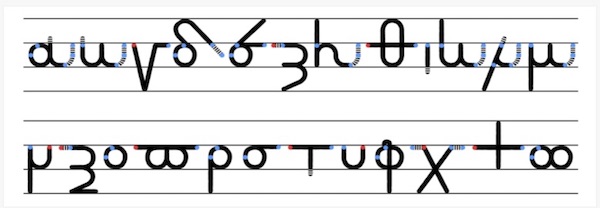
- 9th-10th cent. minuscules
1. Old round minuscule

Vat.gr.2079 (beginning of 9th cent.)
2. Old square minuscule

Oxon. Clark 39 (895 A.D.)
3. Old sloped minuscule

Pal. gr. 220, f. 14v (beginning of 10th cent.)
4. Old angular minuscule

Oxon. Chr. Ch. 5
5. “Philosophical collection” type

Vat. gr. 2197 (9th cent.)
6.‘Baanes’ type

Vat. gr. 218 (10th cent.)
7. ‘Efrem’ type

Vat. gr. 124 (second half of the 10th cent.)
- Bouletée minuscule (10th cent.)

Urb. gr. 15 (10th cent.) f. 105v.
- Perlschrift (10th-13th cent.)

Vat. gr. 1613, p. 124 (1000 A.D. ca)
- Italo-Greek scripts (10th-12th cent.)
1. Ace of spades minuscule

Vat. gr. 1553, f. 119v
2. Minuscule of the School of St. Nilus the Younger

Ott. gr. 251, f. 50r
3. The “Rossano” style
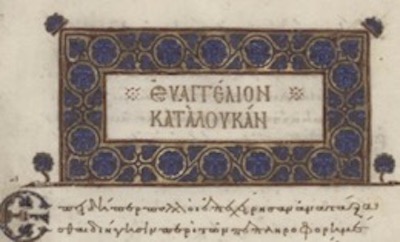
Vat. gr. 364, f. 132v
4. The “Reggio” style

Vat. gr. 2290, f. 75r
5. Italo-Greek scripts with cursive elements

Vat. gr. 1611, f. 106v
- 13th cent. scripts
1. The ‘Beta-Gamma’ style

Vat. gr. 1899, f. 148r (second half of the 13th cent.)
2. Fettaugenmode

Vat. gr. 690, f. 17r (13th cent.)
3. Palaeologan Mimetic hands

Ott. gr. 426, f. 27v